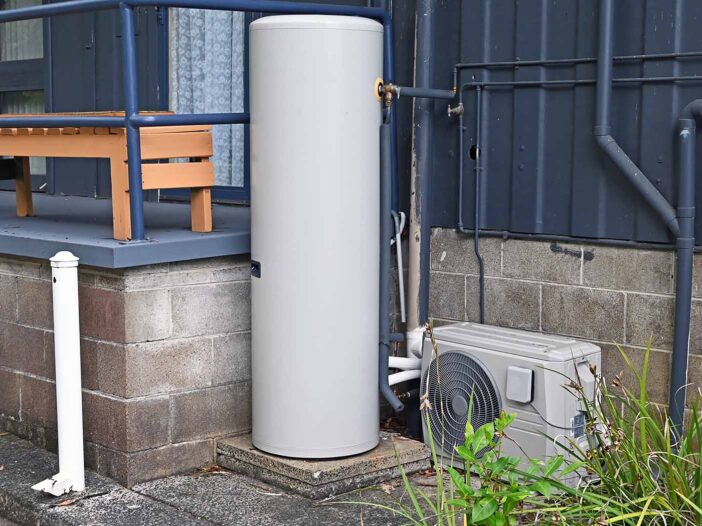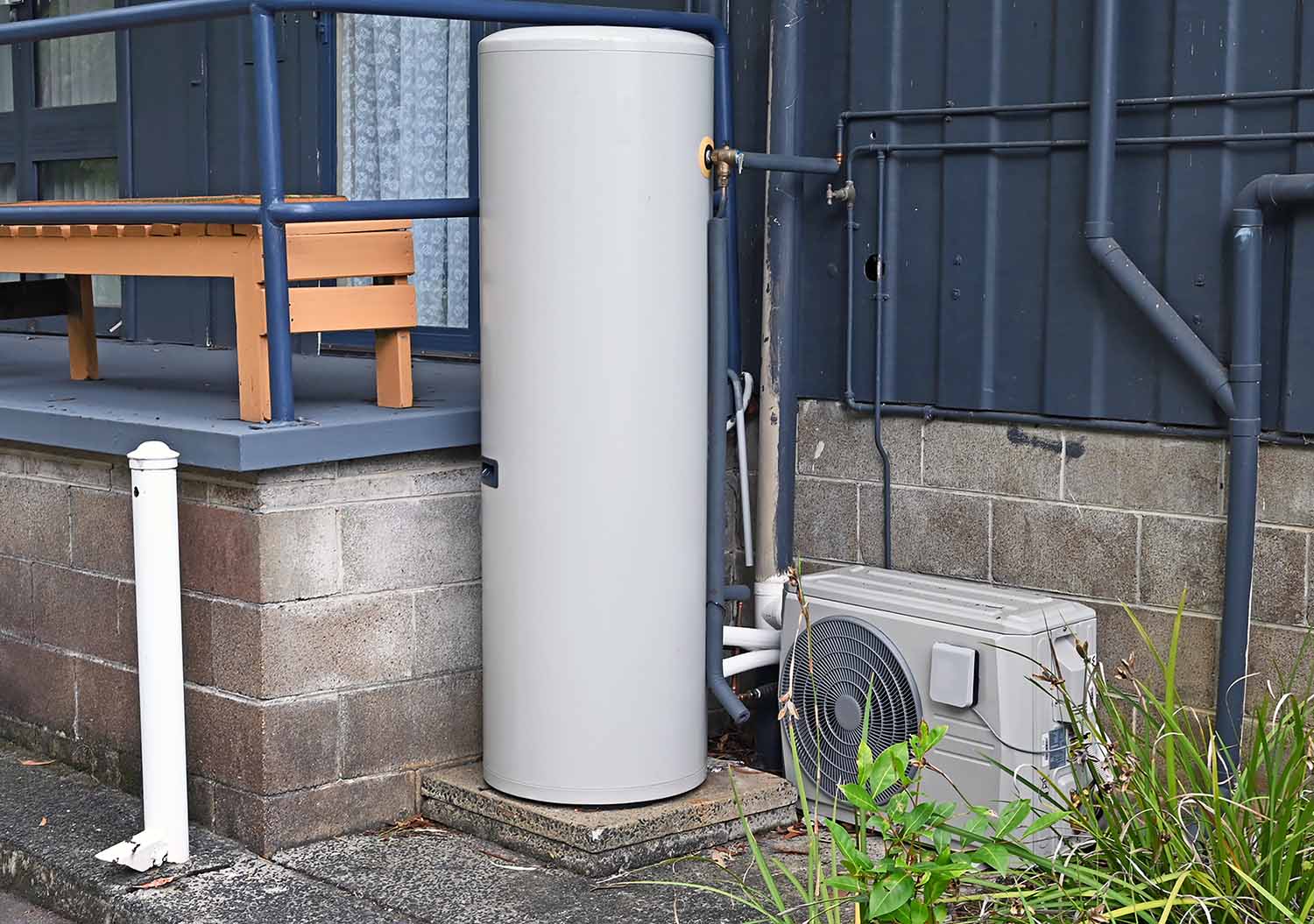
In July this year Federal and State Energy Ministers agreed to fast track new standards for hot water heat pumps to help consumers identify the most efficient appliances to install.
However, the ministers did not include in their decision the technology that could make our hot water storage systems even more efficient, reduce additional emissions, and save billions of dollars.
Dr Gabrielle Kuiper, a specialist in consumer energy resources, told this week’s episode of the SwitchedOn podcast we need “dynamic management systems” to enable our hot water systems to be part of an effective energy transition.
Dynamic management systems are ‘smart’ – they enable appliances to respond flexibly to external signals like a change in price, or importantly, to when the sun is shining, or the wind is blowing.
“We need both flexible demand and storage, and hot water systems are a very easily accessible form of flexible demand,” Kuiper says.
However, there are currently no requirements for any of the hot water heat pumps that are subsidised through government programs to be smart.
“The lack of requirements for subsidised hot water systems to be smart is a missed opportunity to create cheap, flexible demand that grows with every subsidised hot water system installed,” writes Kuiper in a report she has completed for IEEFA, the Institute for Energy Economics and Financial Analysis.
Victoria is the only state that currently requires hot water systems to have some flexible management requirements to qualify for a government subsidy. Subsidised appliances must have a timer, which enables distribution networks to control the system at certain times of the day.
And whilst some networks are capitalising on abundant solar and changing hot water heating to the day, Kuiper argues that passive management, such as timers, is just part of the solution. Only dynamic, responsive management systems, such as wifi connectivity, will enable us to realise the full reduction in emissions, and dollar savings, that’s possible.
“There will be ways of communicating with a hot water system so that you can change it, preferably automatically on a daily basis, to keep out of peak times, but also ensure that the water is being heated at times where there’s abundant renewable energy supply,” Kuiper says.
“The level of renewables varies a lot by time of day, but also importantly, by season.”
In winter in Victoria, for instance, solar generation is low, so it would be more cost effective to have a dynamic management system that enables hot water to be heated when the wind is blowing.
Kuiper says that if we had rapid electrification, where households move off gas and off old-style resistance hot water systems, to heat pump hot water, Australia would have around 22 gigawatts of more flexible demand in domestic hot water.
That’s the equivalent capacity now being generated by solar panels on Australian roofs.
“We’ve just passed 22 gigawatts of rooftop solar capacity across all Australian homes – a third of homes have solar.”
To help with that rapid electrification scenario, Kuiper writes that “the South Australian government should immediately cease subsidising the purchase of gas hot water systems.”
Kuiper’s findings are backed by a recent report by the Institute for Sustainable Futures at the University of Technology Sydney which found switching hot water heating to the daytime is an efficient way to match the demand and supply of electricity, and will save households billions.
“The higher amount of renewable generation that this would permit could save up to $6 billion in household electricity and energy costs,” it says.
Flexible demand management isn’t new in Australia. In the 1950s, energy engineers realized that hot water storage tanks could be heated at any time of the day. But coal-fired power stations can’t be turned on or off easily – they’re inflexible and have to keep running 24/7.
So electric hot water systems were put on separate circuits and controlled by distribution companies to heat up at night and use excess coal generated power to heat off-peak hot water.
With the shift to renewable energy however, we now need to move significant quantities of hot water to be heated at times when renewable energy is available.
You can hear the full interview with Gabrielle Kuiper on the SwitchedOn podcast.
Anne Delaney is the host of the SwitchedOn podcast and our Electrification Editor, She has had a successful career in journalism (the ABC and SBS), as a documentary film maker, and as an artist and sculptor.



